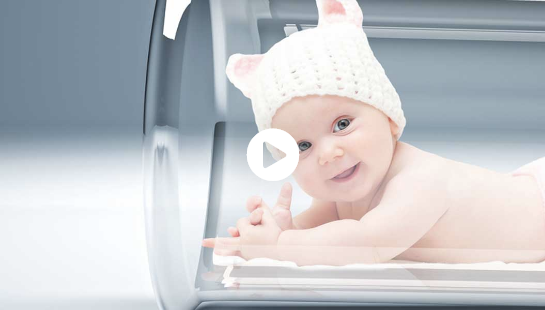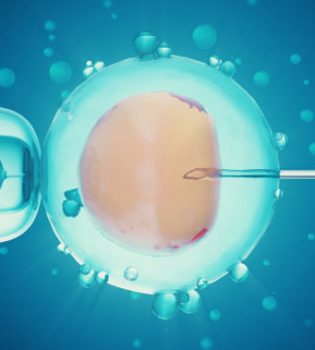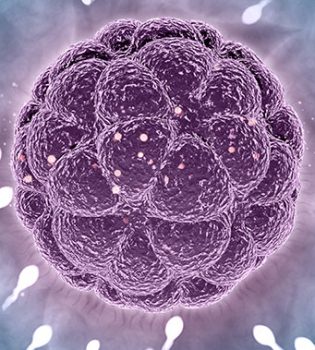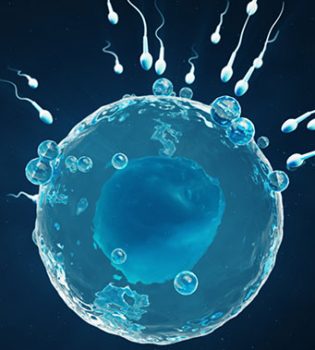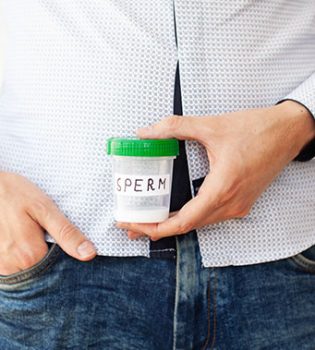IVF treatment is the name given to the procedures based on the logic of taking the egg cells produced in the female body out of the body with special needles and fertilizing them with the male’s sperm in the laboratory environment and transferring the embryo or embryos obtained into the female uterus. One or more eggs are taken from the ovaries by means of a needle under anesthesia and ultrasound guidance and fertilized in the laboratory with sperm taken from the expectant father. Fertilized eggs (embryos) are placed in the uterus of the expectant mother within 2-5 days by means of a catheter.
Who is suitable for this procedure?
Patients with tubes removed or clogged, Patients with endometriosis and who could not conceive with medical or surgical treatment, Patients who have ovulation problems and do not respond to medical treatment, Patients diagnosed with unexplained infertility, Patients with low sperm count or no sperm in the semen
What are the stages in the IVF procedure?
Development of follicles, Collection of eggs, Preparation of sperm and fertilization of eggs, Thinning of the embryo membrane, Transfer of embryos, Pregnancy test
An appropriate treatment protocol and drug dose are determined according to the female age, ovarian reserve, blood hormone values and height/weight ratio for the patients who will undergo IVF treatment.

In long treatment protocol firstly, ovarian-suppressing hormones are applied for about 10-12 days in the form of nasal spray or subcutaneous injection. Along with the patient’s menstruation, the second part of the treatment is started and hormone therapy is applied to ensure egg cell (ovum) development for an average of 8-10 days. Then the egg cells are collected.
In short treatment protocols, drugs that will ensure egg cell development are started from the 2nd or 3rd day of menstruation, and suppressive drugs to control the hormones secreted by the ovary are added to this treatment later.
When the follicles reach the appropriate size by means of monitoring blood hormone levels and vaginal ultrasonography, human chorionic gonadotropin, known among the people as egg cracking needle, is given and egg retrieval is performed 33-36 hours later. This procedure is performed under anesthesia so that the patients do not feel pain and takes 10-15 minutes on average.
Embryos to be selected within 2-5 days after egg collection will be transferred into the uterus bypassing the cervix with the help of a thin catheter. Embryo transfer is a painless procedure and can be followed by our patients as it is performed with ultrasonography. Our patients are discharged after approximately 30-45 minutes of bed rest following the embryo transfer.
